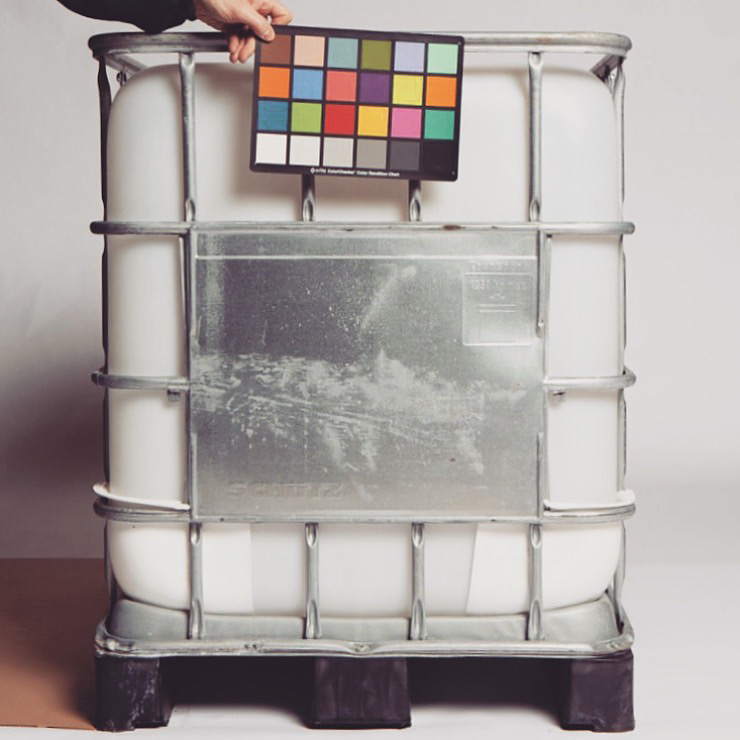A while ago we sent out a letter to all our laundry customers to let them know that we’re removing dyes from our laundry products. We wanted to talk a little more about why, to show how it all fits in with what we’ve said in other ways.
The Principles
In our Guiding Principles for Responsible Formulation Chemistry, we stated that we want to have functional economy, that we want to reduce waste, reduce derivatives and that we prefer to use multifunctional materials. A dye, whether artificial or taken from plants, might fit all the other remaining principles, but it always completely fails at these four. In short, it’s only there to keep up appearances.
Functional economy is all about only adding ingredients that directly impact performance, while multifunction is about ingredients that impact performance in multiple respects. Pretty dyes make a laundry product work better about as well as red paint works on the speed of a car. That’s no good for functional economy and it can’t be multifunctional if it has no function to begin with.
Reducing derivatives is all about reducing overlap between products, so having several options that all differ by colour and fragrance isn’t the way to go.
Finally, if dyes have no wash function, why send them down the drain as waste? The other ingredients at least have a lasting impact on the outcome, meanwhile the dye travels from the hopper to the water treatment plant, doing nothing useful in between.
Why Dye?
Products are dyed for a similar reason to why we have food dyes: the fragrance (which does have a lasting impact by signalling cleanliness) is best paired with a colour that creates the expectation of that kind of smell. In corporate speak, it boosts sales. Pink for rose-like florals or blue for fresh cotton. Green for grassy spring freshness or yellow for citrus and “sunshiney” smells. Expectations are important for the end user, at least in domestic products, so there’s a lot of emotional intelligence that goes into pairing colours and fragrances. If you remember the wacky colours of ketchup that came up in the nineties, you know what we mean about the importance of colour in consumer products. Still, our products are for the professional market, not the domestic one; the product has to work, not make itself stand out on a shelf.
Due to natural variations in the colour of an ingredient, the end product always varies slightly in colour with each batch. Sometimes noticeably, sometimes not. But a change from colourless to straw-coloured or even yellow, for example, may be enough for some launderers to think there’s something wrong that will put their business at risk. If the variation is purely aesthetic this isn’t a risk at all, but it’s not great to make people worry. The solution in industry has often been to use a dye to keep the appearance consistent. We’ve long wondered whether the dye would be necessary, if the variation is communicated well.
Rounding Up
Overall, dyes do tend to fit nicely with most of the guidelines, we just don’t think that’s a good enough reason to keep them in. From experience, when the customers of a professional launderer check their items, they’re probably looking for cleanliness, fresh feel and smell, appropriate pressing and lack of damage.
We sincerely doubt they’ll mind whether the softener was blue or white.

About This Series
It would really mean a lot to us if you read more about these things that mean a lot to us. If they mean something to you, too, stick around! We have plenty to say.
